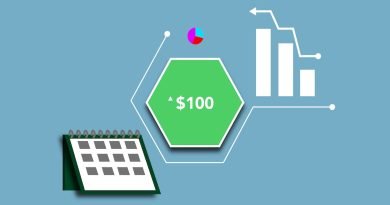Understanding Risk Profiling and its Importance
Whenever investors think about investment, the first thing that comes to their mind is risk. Risk can be defined as a mathematical number like the volatility that can directly affect your investment returns. In general, risk can be defined as the likelihood of losing the investment or making less than expected returns. Risk is a crucial part of finance and investing. Risk profiling is also one of the essential parts of investment. Whenever investors approach a financial advisor or an investment firm, they generally perform risk profiling to determine the appropriate level of investment risk.
So, in this blog, let’s discuss risk profiling and its importance.
Let’s take a scenario.
For example, you want to purchase a car. You have visited the showroom, and the sales representative starts showing you the cars in a different section like sedan, hatchback, crossover, SUVs, etc., without knowing your budget and preference, such as family members and the variant of the car. In this case, you won’t choose the right car for you as the sales representative is not aware of your requirements and preference.
Let’s take another scenario.
You want to purchase a laptop and visited the computer shop regarding that. The salesperson starts showing you the different options and convincing you without knowing your preference, budget, and purpose for a laptop. So, here you will not make the right choice as the salesperson is unaware of your requirements and preference.
These same things happen in the investment domain as well. In investment, everyone, including financial advisors, investment advisors will start giving you plenty of suggestions and advice on where you should invest your money without knowing about your requirement, preference, and your risk-taking abilities. It can lead to wrong investment decisions and can affect your goals badly. It is impossible to recommend suitable investments or develop long-term investment strategies for investors without knowing their goals, time horizon, liquidity needs, and risk aversion.
This is where Risk Profiling comes into play.
Risk profiling aims to find the ideal level of investment risk for your client by balancing their risk capacity, risk tolerance, and risk required. Before making any investment decision, it is necessary to understand the investor’s risk capacity and appetite because everyone has different risk-taking capabilities. Various factors such as income, liabilities, age, etc., affect the risk capacity of individuals. For example, the risk-taking abilities of an individual of 30 years will be different from the risk-taking capabilities of a retired person.
Individuals invest money to achieve their financial goals. Risk profiling helps the financial advisor the preferences and financial goals of investors. Risk profiling also helps you and your advisor assess potential risks to your investment, and it enables you to take proactive steps to minimize these risks.
The risk profile is created on these four fronts given below:
Risk Required – It refers to the level of risk required to achieve your desired level of investment return.
Risk Tolerance – Itrefers to the level of risk you’re comfortable taking.
Risk Capacity refers to the level of investment risk (or losses) that you can afford to take.
Risk profiling is essential for every investor. It is an easy process and often requires less time. It is usually done through a questionnaire. Unlike other risk tolerance questionnaires, risk profiling through Totum helps to calculates risk capacity, risk preference, and portfolio risk all at once. Totum Questionnaire consists of 11 questions and focuses on facts rather than emotions. Once clients finish the questionnaire, you can then create custom proposals with the help of Investment proposal generator that provide them a visual of their risk.Â
The markets are very volatile, and it is next to impossible to tame them. Therefore, it is always recommended to have your risk profile updated every few years because your risk profile also changes with your growing age.




